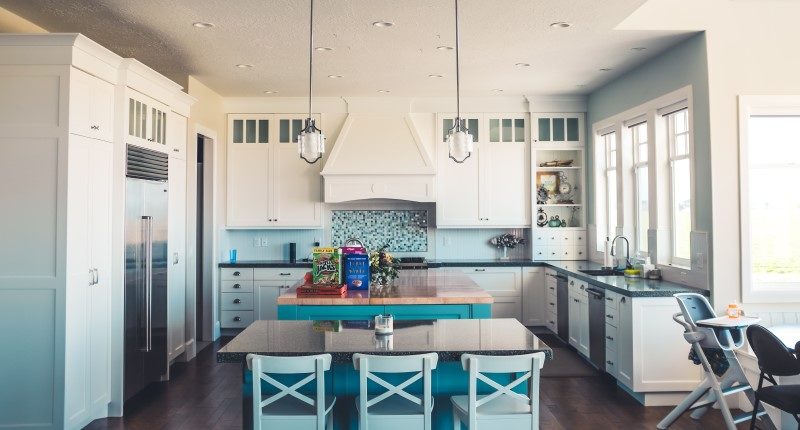- Usual Summer Holidays had an impact
- January 2021 saw a 2.9 per cent decrease in property listings from December 2021
- New listings decreased nationally by 24.46 per cent in January
- However, 12-month comparison shows listings in Melbourne are up by 21.1 per cent
Data released by SQM Research today has shown that the number of national residential property listings decreased in January 2021 by 2.9 per cent from 272,999 to 265,116 listings.
Traditionally, January does see a decline in the number of properties being listed due to the summer holidays. The number of listings in January 2021 is down by 10.5 per cent compared to January 2020. This is not surprising, according to SQM Research’s Managing Director, Louis Christopher.
“The month of January traditionally records falls in properties listed for sale as the market is still in a summer holiday mode. This year was no exception,” says Mr Christopher.
All the capital cities saw a decline in the number of house listings except for Perth – the West Australian capital saw a tiny increase of 0.1 per cent in listings compared to December. This represents just 23 more house listings.
Nationally, new listings saw 16,234 less properties being listed last month which is a 24.26 per cent drop. Hobart had the greatest decline in new listings by 24.46 per cent with 16,234 less properties on the market, followed by Canberra which had a 26.1 per cent decline.
Sydney had the lowest decrease in new listings at 2.42 per cent.
For year-on-year, however, the number of listings is up by 4.3 per cent with all capitals except Sydney and Hobart experiencing year-on-year rises.
Despite being the most populated city in the nation, Sydney only has the third most listings in the nation as of January 2021 at 25,149. Melbourne and Brisbane have 37,617 and 25,720 listings respectively and even Perth, which has less than half the population of Sydney, has 21,501 listings on the market.
Sydney and Melbourne were the only capital cities to see an increase in the total number of listings year-on-year at 4.5 per cent for Sydney and 21.1 per cent for Melbourne.








